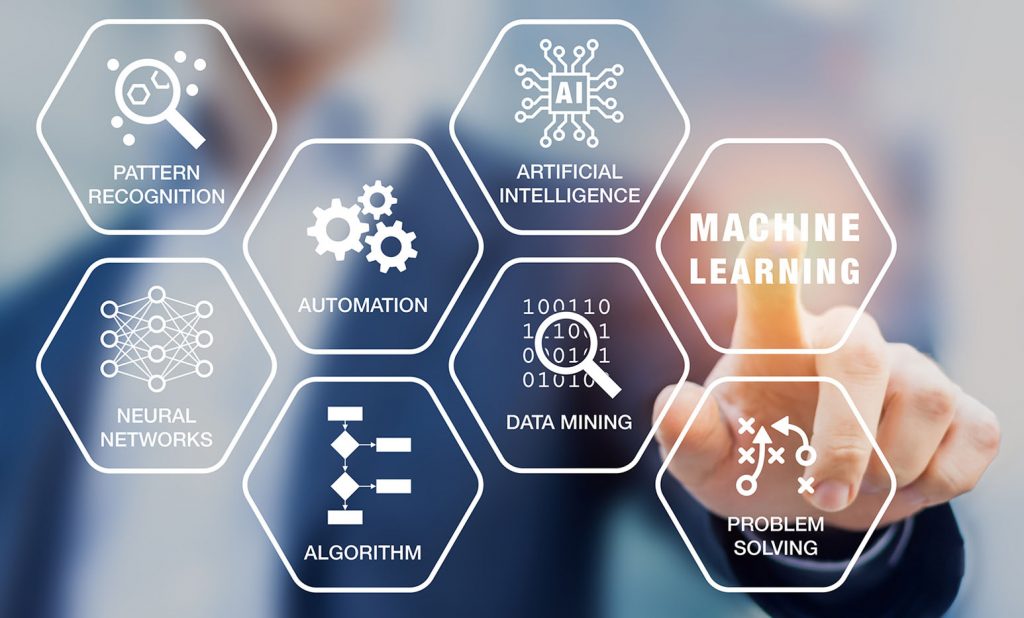In the current fast-changing business landscape, the integration of AI has emerged a crucial approach for organizations looking to stay in front of the game. As companies struggle with shifting consumer expectations, growing competition, along with the need for workplace efficiency, AI provides cutting-edge solutions that can transform conventional business models. By leveraging the capabilities of data and machine learning, organizations can make more informed decisions, streamline repetitive tasks, and customize customer experiences, creating a foundation for sustained growth.
Additionally, as industries keep to adapt to tech advancements, the implementation of AI is not just a trend; it is becoming essential for survival. Whether it's streamlining supply chains to improving marketing strategies, AI empowers businesses to not just respond to market demands but also predict them. Adopting AI is comparable to future-proofing an organization, ensuring that it can thrive in an unpredictable environment while maximizing productivity and innovation. The advantages are evident, and those who utilize AI effectively will likely rise as leaders in their respective fields.
Artificial Intelligence Tech Trends
Artificial Intelligence is swiftly evolving and transforming the landscape of corporate operations. One key trend is the growing integration of AI with the cloud, permitting companies to harness vast amounts of information from any location in the globe. This merger enables organizations to employ advanced analytics and ML algorithms without considerable initial investments in physical infrastructure. As a result, organizations of all scales can deploy AI solutions that improve decision-making and optimize processes.
Another significant movement is the rise of AI-driven automation across various sectors. From production to client service, businesses are adopting AI technologies to enhance processes, minimize human error, and improve efficiency. RPA and intelligent virtual assistants are just a few examples of how AI is being leveraged to manage mundane tasks, liberating human resources for more important initiatives. This change not only enhances productivity but also lowers operational costs.
Moreover, the demand for personalized customer interactions is fueling the development of AI applications in advertising and commerce. Businesses are harnessing AI to examine consumer behavior and preferences, enabling for targeted advertising and personalized product recommendations. This level of personalization not only enhances customer contentment but also increases conversion rates and retention. As AI continues to progress, we can foresee even more creative approaches to capture customers and comprehend their needs effectively.
Integrating AI in Business
To properly apply Artificial Intelligence in business, organizations must initially determine their distinct needs and objectives. This involves analyzing areas where Artificial Intelligence can drive effectiveness, boost customer satisfaction, or optimize operations. By centering around clear targets, organizations can focus on AI applications that offer the most significant ROI, whether that be in mechanizing routine tasks, improving data analysis, or personalizing customer relations.
Following that, it is essential to allocate resources in the right technology and skills. This entails picking AI tools that fit the organization's needs and making sure that teams have the adequate skills to make use of these technologies effectively. Educating employees and cultivating a culture of creativity are key steps in this journey. Organizations may also consider collaborations with Artificial Intelligence providers to facilitate their implementation and gain access to skills that enhances their internal competence.
Finally, companies must regularly assess the effects of their AI initiatives. business intelligence includes measuring performance against the established objectives and being open to changing approaches based on results. Regularly reviewing AI efficiency not only helps in honing processes but also in identifying new opportunities for growth and creativity. As companies implement this continuous approach, they position themselves to keep pace with the changing landscape of technology and maintain a competitive advantage.
Evaluating Artificial Intelligence Influence
Assessing the impact of Artificial Intelligence in business is essential for understanding its efficacy and potential return on investment. Organizations can start by establishing well-defined performance indicators adapted to their particular goals, such as enhanced productivity, enhanced client interaction, or substantial cost savings. By comparing these metrics prior to and after AI implementation, organizations can gain important insights into how AI technologies are changing their processes and driving value.
A mix of quantitative and descriptive data is crucial for a comprehensive assessment of artificial intelligence's influence. Numerical indicators may consist of sales growth, reduced operational downtime, and adoption metrics, while descriptive feedback from employees and clients can emphasize usability and contentment with AI-driven systems. This twofold approach allows organizations to not only evaluate hard returns but also understand the emotional and experiential changes that accompany AI adoption.
Ultimately, continuous oversight and progressive modifications are crucial to maximizing artificial intelligence's capabilities. Companies should regularly analyze performance data and feedback to identify areas for enhancement. By fostering a environment of adaptability, businesses can ensure that their artificial intelligence strategies develop alongside progress in technology and market demands, ultimately leading to long-lasting competitive advantage.

